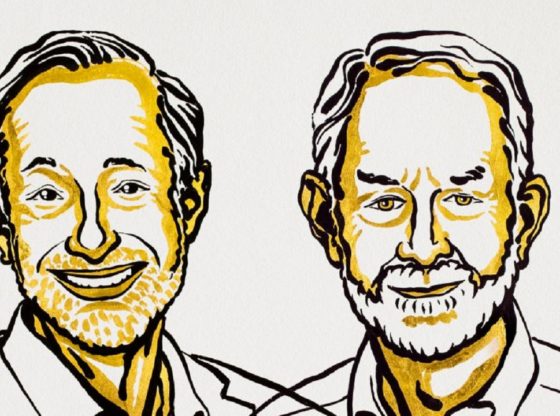
Alvin E. Roth at Harvard Business School and Lloyd S. Shapley of the University of California at Los Angeles receives the Nobel economics prize in memory of Alfred Nobel. They receive the prize for their work in market design and matching theory, according to the Royal Swedish Academy of Sciences. Research that among other things can be used in health care and in the choice of schools.
As motivated by the Nobel Prize Committee:
This year’s Prize concerns a central economic problem: how to match different agents as well as possible. For example, students have to be matched with schools, and donors of human organs with patients in need of a transplant. How can such matching be accomplished as efficiently as possible? What methods are beneficial to what groups? The prize rewards two scholars who have answered these questions on a journey from abstract theory on stable allocations to practical design of market institutions.
Lloyd Shapley used so-called cooperative game theory to study and compare different matching methods. A key issue is to ensure that a matching is stable in the sense that two agents cannot be found who would prefer each other over their current counterparts. Shapley and his colleagues derived specific methods – in particular, the so-called Gale-Shapley algorithm – that always ensure a stable matching. These methods also limit agents’ motives for manipulating the matching process. Shapley was able to show how the specific design of a method may systematically benefit one or the other side of the market.
Alvin Roth recognized that Shapley’s theoretical results could clarify the functioning of important markets in practice. In a series of empirical studies, Roth and his colleagues demonstrated that stability is the key to understanding the success of particular market institutions. Roth was later able to substantiate this conclusion in systematic laboratory experiments. He also helped redesign existing institutions for matching new doctors with hospitals, students with schools, and organ donors with patients. These reforms are all based on the Gale-Shapley algorithm, along with modifications that take into account specific circumstances and ethical restrictions, such as the preclusion of side payments.
Even though these two researchers worked independently of one another, the combination of Shapley’s basic theory and Roth’s empirical investigations, experiments and practical design has generated a flourishing field of research and improved the performance of many markets. This year’s prize is awarded for an outstanding example of economic engineering.






















